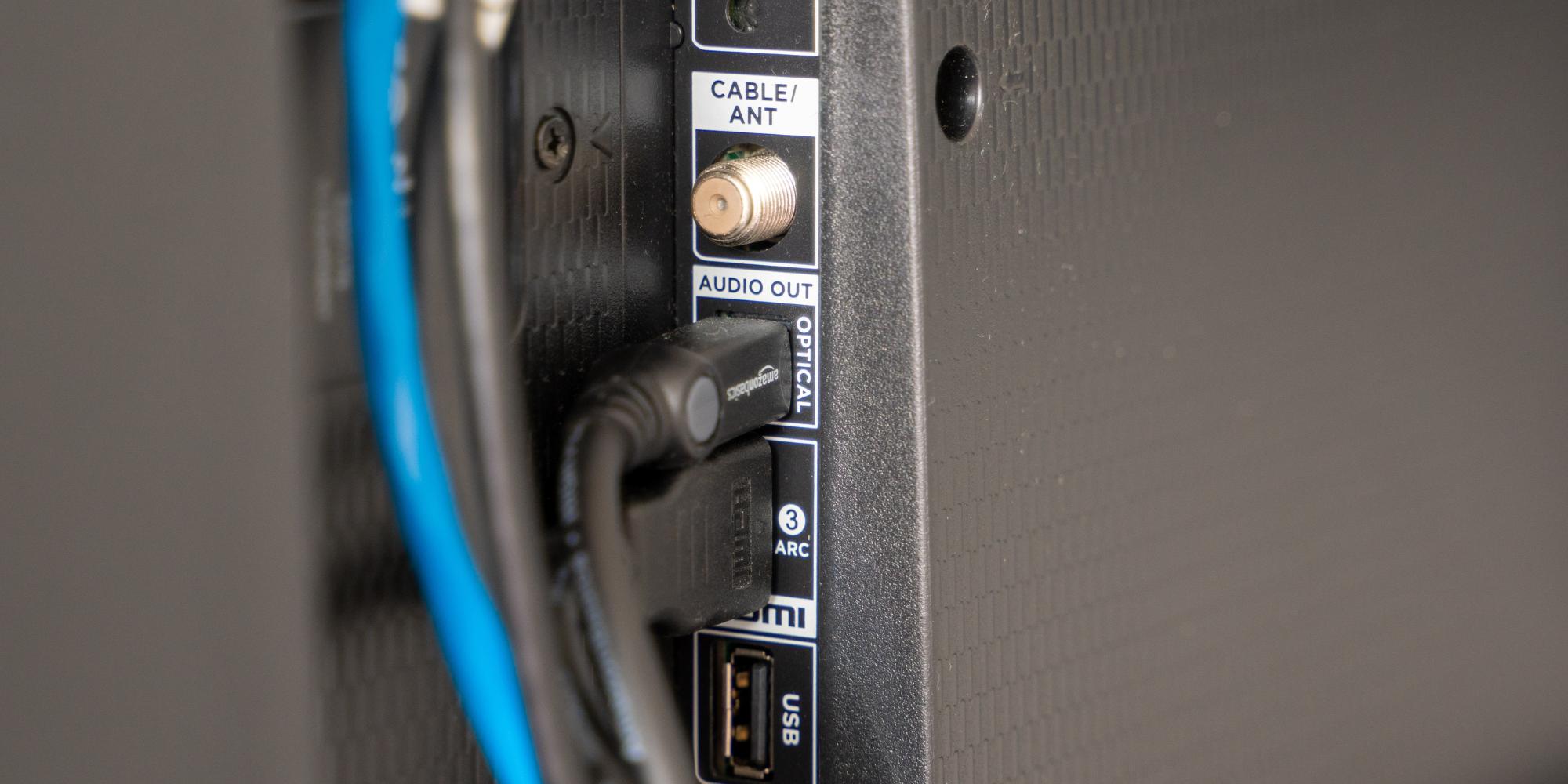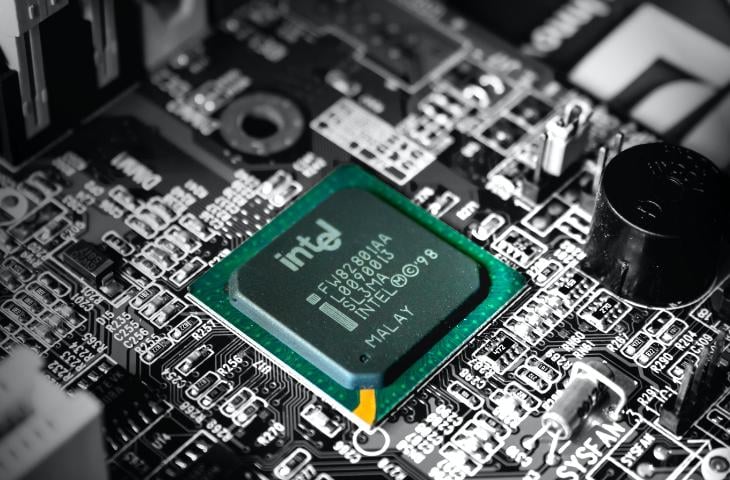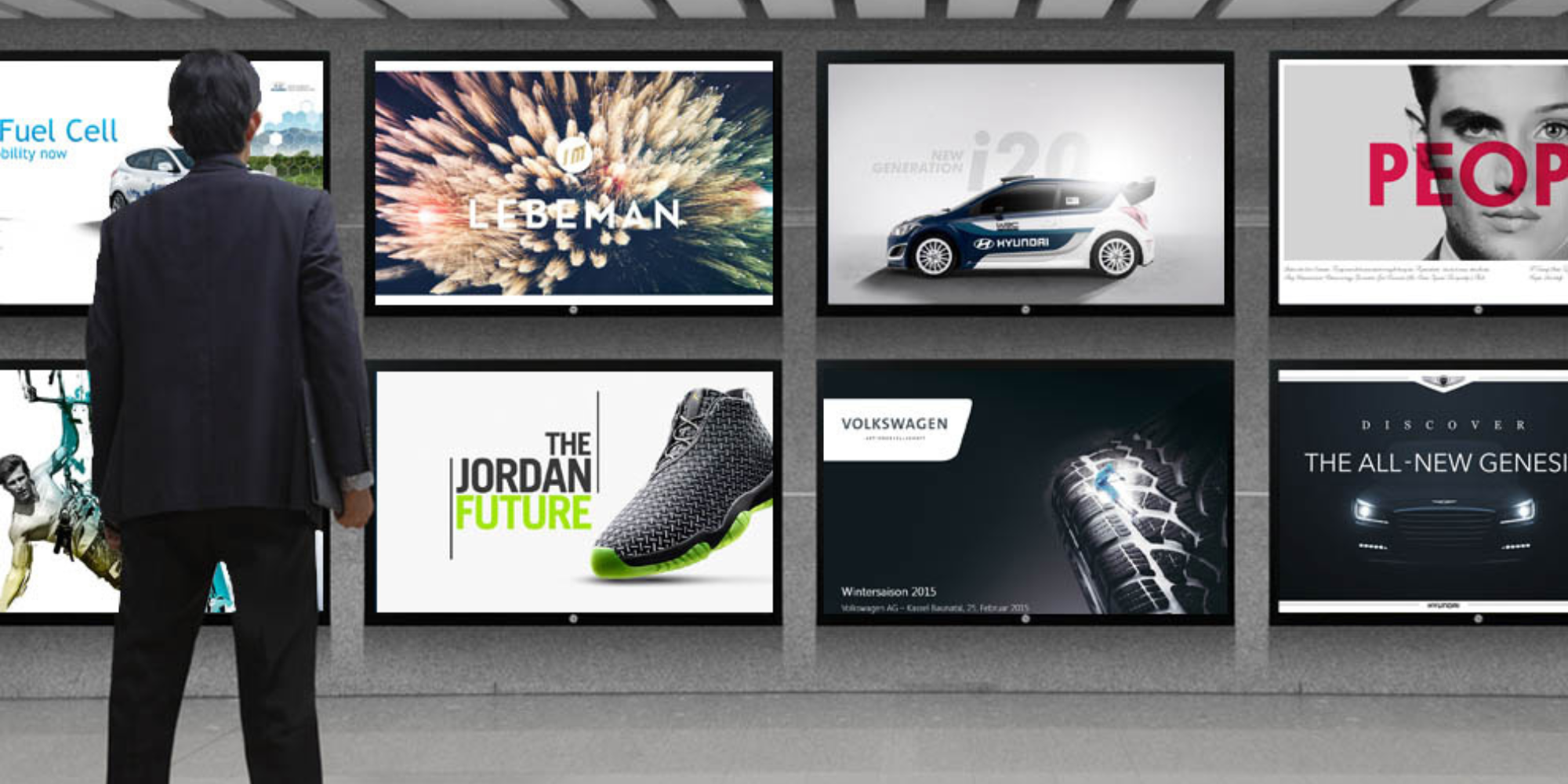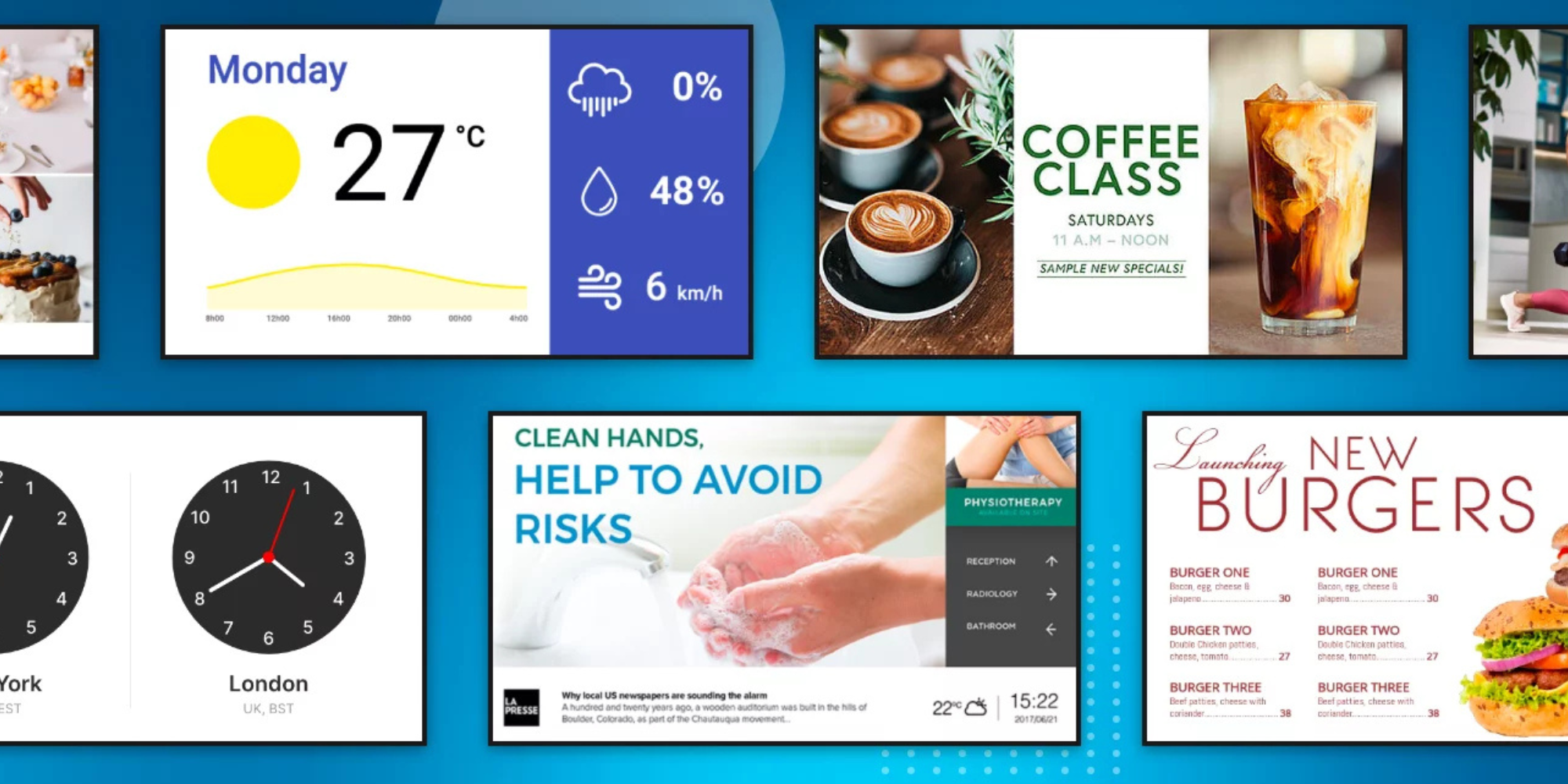
10 Alternatives for Chromebit Digital Signage
An efficient digital signage setup depends, to a large extent, on a good choice of hardware. By this, we don’t only mean the screens. A powerful, reliable digital signage media device ensures everything is running smoothly behind the scenes.
For a long time, Asus Chromebit was considered one of the best, easy-to-use options on the digital signage device market, especially for small, single-display setups. However, having been discontinued in November 2020, it has left many digital signage software owners looking for alternatives. But before we get into those, let’s learn more about Chromebit.
What Is Asus Chromebit?
Asus Chromebit is a PC stick that can turn any HDMI-compatible display into a personal computer running on ChromeOS. It can also connect to other external components of the computer, such as the mouse, speakers, and keyboard, using Wi-Fi or Bluetooth. Chromebit boasts 2GB of RAM and 16GB of flash memory.
Asus rolled out Chromebit in November 2015, and the device quickly became a favorite among small businesses with limited digital signage requirements. Not only was it only the size of a flash drive, and therefore compact and easy to plug in pretty much anywhere, but it was also quite affordable – around $85. That being said, Chromebit hardly has enough processing power to support large, commercial-grade digital signage setups.
Pros of Using Chromebit for Digital Signage
So what made Chromebit so popular in such a short amount of time? Here are some of the main benefits small businesses found useful:
- Compactness – Unlike larger digital signage devices that often require cables and a bit of infrastructural planning, Asus Chromebit can simply be plugged directly into the display.
- Ease of Use – Another major benefit of Chromebit is that it is quite easy to set up and use. In other words, no complex installations are necessary – simply plug in your Chromebit and log into your digital signage software – and that’s it!
- Price – Lastly, the low price of around $85 is excellent for business owners who are just getting started with digital signage and aren’t sure if they want to heavily invest in it yet.
Cons of Using Chromebit for Digital Signage
Despite its popularity, Chromebit definitely has some limitations when used for digital signage purposes. These include:
- Poor Processing Power – While Chrombit is excellent for smaller, single-display digital signage setups, it can hardly power a more advanced, commercial-grade system or play larger files seamlessly.
- Chrome Device Management License – While the device itself is easy to set up and use, setting up the Chrome license can be a lengthy and complex process. Luckily, there are excellent guides available to help with this task.
- Limited Connectivity – Aside from the HDMI, Chromebit has only one USB port, making its connectivity quite limited. While you can use Wi-Fi or Bluetooth to connect external components, relying on this technology for commercial digital signage simply won’t cut it.
- End of Life – In November 2020, Asus discontinued support for Chromebit. While Chromebit devices bought before that date continue to work, there are no more updates being rolled out, and the device is no longer compatible with much of the latest tech. This means that those who already own a Chromebit can continue to use the device, but it will keep being increasingly incompatible with newer displays, apps, and so on.
10 Asus Chromebit Digital Signage Alternatives
If you’re still using Chromebit to power your digital signage setup, it is high time to consider some alternatives. Not only is the device simply not powerful enough to support larger setups, but the fact that support and updates have been discontinued leaves it open for security threats and system malfunctions. What’s more, with no new updates, it will continue to support fewer and fewer apps, displays, and other components.
Still, choosing the right digital signage media player can be a daunting task. So to help you out, we’ve highlighted some of the best digital signage devices on the market right now, ranging from low-cost ones with limited functionalities to high-end gadgets suitable for businesses with considerable digital signage needs.
1. Chromecast With GoogleTV
Released in 2020, Google’s Chromecast with GoogleTV is a budget-friendly (it costs around $50) stick with an operating system and remote control capabilities. With 2GB of RAM and 8GB of storage, it is hardly a powerhouse necessary for large digital signage setups, but it is more than enough for smaller systems. The device has only one HDMI port and one USB-C port. Overall, if Chromebit was able to satisfy the digital signage needs of your business, Chromecast With GoogleTV should be able to do the same. But if you’re looking to expand your system, you should consider more commercial-grade devices.
2. Asus Chromebox 4
If you’re looking for something more powerful to support your commercial digital signage setup, Asus Chromebox 4 is one of the devices you should consider. It costs just under $300, so it’s not as budget-friendly as Chromebit, but it is also much better equipped. For starters, it has 4GB DDR4 RAM, as opposed to Chromebit’s 2GB, as well as between 32GB and 128GB of storage (while Chromebit has only 8GB). It also comes with three HDMI outputs, making it much easier to connect to external components.
3. AOpen Chromebox Commercial 2
Yet another Chromebox, this time from AOpen’s workshop, this device is much more powerful than its Asus counterpart. It has 4GB of RAM, 32GB of storage, and a core i3 processor, making it capable of playing large visual content. It has two 4K HDMI outputs, five USB ports, and ChromeOS. At the price point of just under $400, AOpen Chromebox Commercial 2 is certainly not cheap, but the functionalities of this gadget definitely justify the price.
4. Apple TV 4K
A comprehensive system with 4K resolution, high-quality audio capabilities, and extensive connectivity with other Apple products, Apple TV 4K is the go-to digital signage device for businesses with limited signage needs. At the price point of $149, it comes with built-in Wi-Fi and Ethernet connectivity, 128GB storage, Bluetooth, and HDMI. However, while Apple TV 4K works beautifully in all-Apple systems, it is far from ideal for connecting with devices from other producers, especially given the price.
5. Raspberry Pi 4
Raspberry Pi is a tiny computer whose original purpose was to help people learn programming. It functions as a USB device that you can plug into the display to turn it into a personal computer. It comes with its own, albeit fairly limited, operating system called Raspbian, but other operating systems can also be installed. Basically, Raspberry Pie makes for an excellent base for a build-it-yourself digital signage system. This leaves a lot of room for customization, but it also requires some work. At the low cost of $25, Raspberry Pi is an excellent choice for those who have very specific requirements and haven’t been able to find an off-the-shelf solution.
6. Amazon Fire Stick 4K Max
Much like Chromebit, Amazon Fire Stick 4K Max is easy to set up and can be hidden seamlessly behind the display. It features Wi-Fi, ethernet, and HDMI connectivity and can work offline, too. The Stick has 8GB of storage, which is more than enough for the low price of $50. However, much like Chromebit, Amazon Fire Stick 4K Max can get the job done with smaller digital signage setups.
Important Notice
Rise Vision recommends the Amazon Signage Stick instead of Amazon Fire Stick or Fire TVs due to its affordability, performance, reliability, and built-in Mobile Device Management (MDM) capabilities. The MDM feature allows users to easily manage and control their displays remotely, ensuring device and application updates. The Amazon Signage Stick is purpose-built for digital signage and integrates directly with Rise Vision.
The Amazon Signage Stick is currently only available in the United States. You can purchase it here.
For alternative media player recommendations, please check out our hardware list here.
With the release of the new Amazon Signage Stick, Amazon Fire Sticks and Fire TVs should not be used for digital signage moving forward.
7. Azulle Byte 4
Much like Chromebox, Azulle Byte 4 is a middle-tier digital signage device. In other words, it can handle extensive content management, comes with remote management capabilities, and is priced at $300. It supports Windows 10 and has a 64-bit quad-core processor, so it’s capable of running many advanced, business-focused apps. Unfortunately, a major downside of Azulle Byte 4 is that it can’t really power more than one display at a time.
8. Intel NUC Celeron Media Player (Linux)
The Rise Vision Intel NUC Celeron Media Player is a pre-configured digital signage device for Rise Vision clients. It comes equipped with the Linux OS and the entire software setup necessary to get you started with your digital signage system. With 6 USB ports, one HDMI port, and one display port, it is an excellent solution for larger signage setups. Beyond extensive connectivity capabilities, this player also boasts Kingston 250G M.2 2280 NVMe PCIe SSD and Kingston 4GB DDR4-3200 SODIMM memory. The price of $250 makes this one of the more affordable devices in its category.
9. Intel NUC I3 Media Player (Windows)
At a price point of $625, the Intel NUC I3 Media Player comes packed with all the capabilities you need for a robust digital signage system. Much like the previous entry on our list, it comes preconfigured for use with the Rise Vision software. In other words, all you have to do is plug it in, and it’s ready to go. In terms of connectivity, the device has two HDMI ports, two Thunderbolt 4 ports, four USB ports, Wi-Fi, and Ethernet. The technical specs of this player make it well worth the somewhat higher price point.
10. Rise Vision Media Player
Whether you’re already using Rise Vision’s digital signage software or are planning to start using it, choosing our proprietary hardware-as-a-service Rise Vision Media Player will ensure that you don’t have to worry about device compatibility, connectivity, user support, and servicing. With the hardware-as-a-service solution, you always get the newest, fully compatible version of the player with remote-access technical support. The single-purpose lockdown adds another layer of security to the device, and all the software updates are handled by our staff. In other words, you won’t have to worry about hardware management at all! Needless to say, as a software and hardware package deal, this is a much more cost-effective solution than third-party players.
Things to Consider When Choosing a Device for Digital Signage

As you can tell, there’s a wide variety of digital signage devices available on the market, ranging from $50 to over $1000. Some are better equipped to handle large, multi-display digital signage systems, while others are more suitable for smaller businesses or those with limited needs, such as a conference room that only needs one display or a cafe with a digital signage menu. But how do you know exactly which device will be right for your business? Here are some factors to keep in mind when browsing.
Connectivity
One of the major criteria to think about when choosing a digital signage device is the device’s connectivity options. In other words, the device you pick should be able to connect to any existing systems you have. For instance, if you want to connect four wire-only displays, you will need a device with four HDMI ports (or one that can support an HDMI splitter). Similarly, if you plan on relying on Wi-Fi for your system’s connectivity, you’ll need a device with strong Wi-Fi capabilities.
Computing Power
While the computing power of the device doesn’t play such a major role for small setups (pretty much any device can support one display), the more complex your digital signage system is, the more powerful your device has to be. The exact specifications will depend on your specific needs.
RAM and Storage
Both RAM and storage are a type of computer memory. RAM is the memory used to keep a computer running, while storage is the memory used to store your content long-term. Naturally, in both cases, the more memory you have, the better. Larger RAM will allow your device to work seamlessly and multitask between apps, while larger storage will allow you to store larger pieces of content, such as high-definition videos.
Operating System
Just like regular PCs, digital signage devices use operating systems to work. The choice of operating system will affect things like UX and navigation, app compatibility, and the availability of certain features and functionalities. In general, there’s no one best operating system – they all have their own pros and cons, and the choice will be purely one of your personal preferences and needs.
Availability
If you’re not located in the United States, some digital signage devices might not be available in your country (or even if the device itself is available, support might not be). For instance, the Amazon Fire TV Stick is supported in 16 countries around the globe.
Cost
Naturally, the price of the device plays a major role in the final decision. As we have already mentioned, digital signage devices can be as affordable as $50, but they can also cost over $1000. Keep in mind, however, that more affordable options have more limits in terms of functionality and may even have a shorter life span than more high-end options.
Device Size
Now, this might not be as important as some of the other factors on our list, but it can certainly play into the final decision. Small devices, such as the Amazon Fire TV Stick, are very easy to hide behind a display (or anywhere else). On the other hand, larger gadgets, such as the Intel Nuc 12, might be harder to stick behind a screen. These devices will likely need to be connected via a cable and positioned somewhere else.
On the flip side of the coin, simply plugging a TV stick into your digital sign and leaving it there, especially in a high-foot traffic area, can compromise the security of your setup. In other words, pretty much anyone can access and/or take it. Larger, remotely connected devices are more safety-friendly, as they can be located in a place not available to the public.
Compatibility
Depending on which digital signage software you use, some devices might simply not be an option. Certain software solutions are only compatible with certain operating systems or digital signage players, potentially limiting your choice.
However, if you choose Rise Vision as your digital signage software provider, you won’t have to worry about that. Our software is compatible with all major digital signage media players on the market, including Intel Nuc 13, AOpen Chromebox Commercial 2, Amazon Fire Stick, and more.
Get the Optimal Digital Signage Setup With Rise Vision
While the choice of a digital signage media player is crucial for a good setup, the choice of digital signage software is just as important. When choosing a software solution, you should make sure it has all the features you need. For starters, there should be a wide range of options for content integration, such as RSS feeds, Google Calendar, and more. Additionally, you should look for internal sharing capabilities so you can share content with the rest of your organization and assign user roles in the digital signage CMS.
Some other features and tools to look for include a library of content templates, a digital signage content editor, support for various file formats, considerable (or, ideally, unlimited) cloud storage and bandwidth, and interactive capabilities (if you’re, for instance, installing touch-screen kiosks or some other type of interactive digital signage).
With Rise Vision, you get all of this and much more. Our reliable software solution includes an easy-to-use CMS and extensive onboarding and support for our clients. You can also attend our webinars and regular free training to always stay on top of updates and novelties.
If you’re not sure whether Rise Vision is the right choice for you, you can always watch a free demo to learn more about the software and how it works. Additionally, you can sign up for a two-week free digital signage trial and take our solution for a test drive before committing.
More From Our Blog
-

Screen Sharing for Workplace Collaboration | Rise Vision
Screen-sharing technology has transformed how teams communicate and work together in real-time, regardless of their location. It can make presentations more engaging, support remote work, and speed[…]
Read More -

How to Use PowerPoint for Digital Signage
To create stunning, attention-grabbing, and effective digital signage content, you need the help of content creation and presentation tools. One of the most popular is Microsoft PowerPoint, owing to[…]
Read More -

120 Digital Signage Content Ideas
So…. you decided you would invest in some digital signage software and you need some ideas for ways you can make it stand out. This article is your go-to source for the best digital signage content[…]
Read More
Keep Your Displays Interesting – Pick New Templates Every Week!
Every week, we send template recommendations that will make you look great and improve your audience experience. And the best part, they save up to 16 hours of content creation time every week!
12,300+ Organizations Trust Rise Vision, You Can Too
Schedule a Free Demo
You deserve the #1 all-in-one platform for digital signage, screen sharing, and emergency alerts.



































